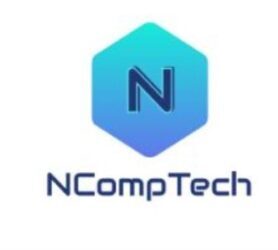HYBRID CLOUD & DATACENTER

Today’s modern applications however need to be able to move based on business requirements, across on-premises data centers, private and public clouds anywhere around the globe. These highly distributed applications need to grow, shrink and be moved, rewritten and redeployed according to business needs.
To support this level of application elasticity and mobility enterprises are turning to a hybrid data center architecture. A hybrid data center utilizes technologies such as virtualization, cloud and software-defined networking to deliver application workloads everywhere across physical data centers and multi-cloud environments.
The modern, hybrid data center enables greater IT efficiency, automation, and agility, supporting the delivery of new application workloads across dynamic network fabric and virtual machine infrastructure. Use of a hybrid data center is an evolution strategy that allows organizations to create the right mix of cloud and traditional IT to suit their needs.
There Are Options
Given the various “flavors” of hybrid data centers, you need to evaluate the combination of on-premises, private and public cloud that allows your applications and services to be spun up the most quickly, securely and efficiently.
Workload Locations
- On-premises data center – a physical deployment on an organization’s premises that houses its computing and networking equipment.
- Private cloud – a hosted compute, server and infrastructure service owned and managed by a third-party service provider or organization.
- Public cloud – compute, server and application services from a cloud provider.
- Hybrid data center – organizations can deploy a “lift and shift” approach where application workloads move across servers and network infrastructure located within physical data centers and across multi-cloud environments (private, public and hybrid clouds).
